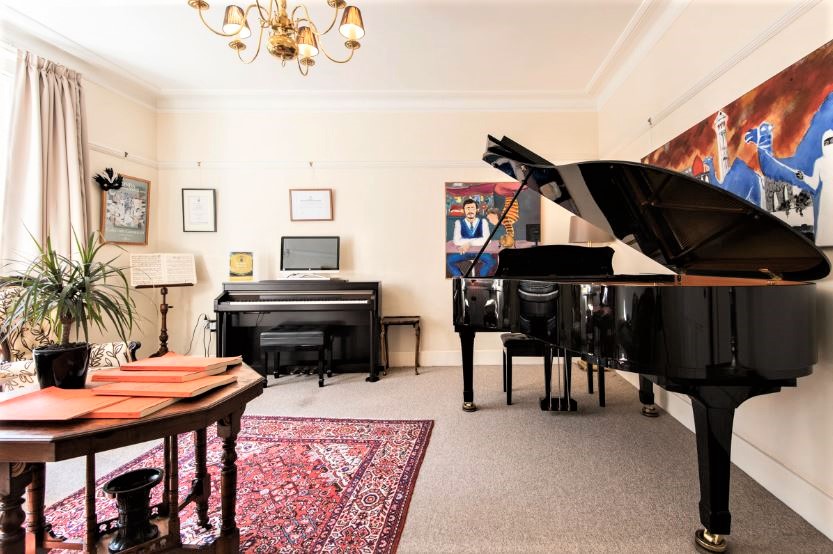The four options of continuation in Musical Composition
Here we share with you all a summary of a great article recently published on WKMT Blog and written by Gisela Paterno about music analysis.
One of the essential parts in any piano student performance is the ability to analyse the piece they are studying; it is not just values and notes on the paper or delivering a flawless technique; it is much more than that. Grasping the building blocks of any musical piece to be performed is one of the tasks of a good musician. To achieve this, we must consider the predominant choices of elements and procedures that a composer makes in development movement and shape (one of the five contributing elements in music. See the article “the 5 contributing elements in musical composition” for further information).
It is part of the instruction and guidance provided by the piano tutor to encourage the student to find out the composer’s style by analysing the consistent and changing preferences in his use of musical elements and procedures. Even more broadly, common characteristics may individualise a whole school or chronological period. This should be a substantial part of musical training. In this article, we will focus on the topic developed by Maestra Gisela Paterno “the four options of continuation”, that consists in the procedures that the composer (or composers within a period) uses to forge and mould a musical piece.
1.- RECURRENCE
This is the first and the most basic way to continue a motive or phrase. It could be an exact repetition of either a motive, sub phrase or phrase.
2.- DEVELOPMENT
Or also called “Interrelationship” Comprises variation and mutation.
3.- RESPONSE
Or also called “Interdependence” The response needs the first part to exist, hence the name “interdependence”
4.- CONTRAST
This last option is the least used as it can be quite “risky” if not done properly. The contrast is basically to oppose the elements presented but keeping the motive structurally coherent.
These options should be taken into all dimensions of a piece, whether it is on the small (motives), middle (phrases) or big dimensions (entire sections).
If you guys have any question or you would like to learn more about music analysis, please do not hesitate to ask your teacher at WKMT. New subjects, new goals.

